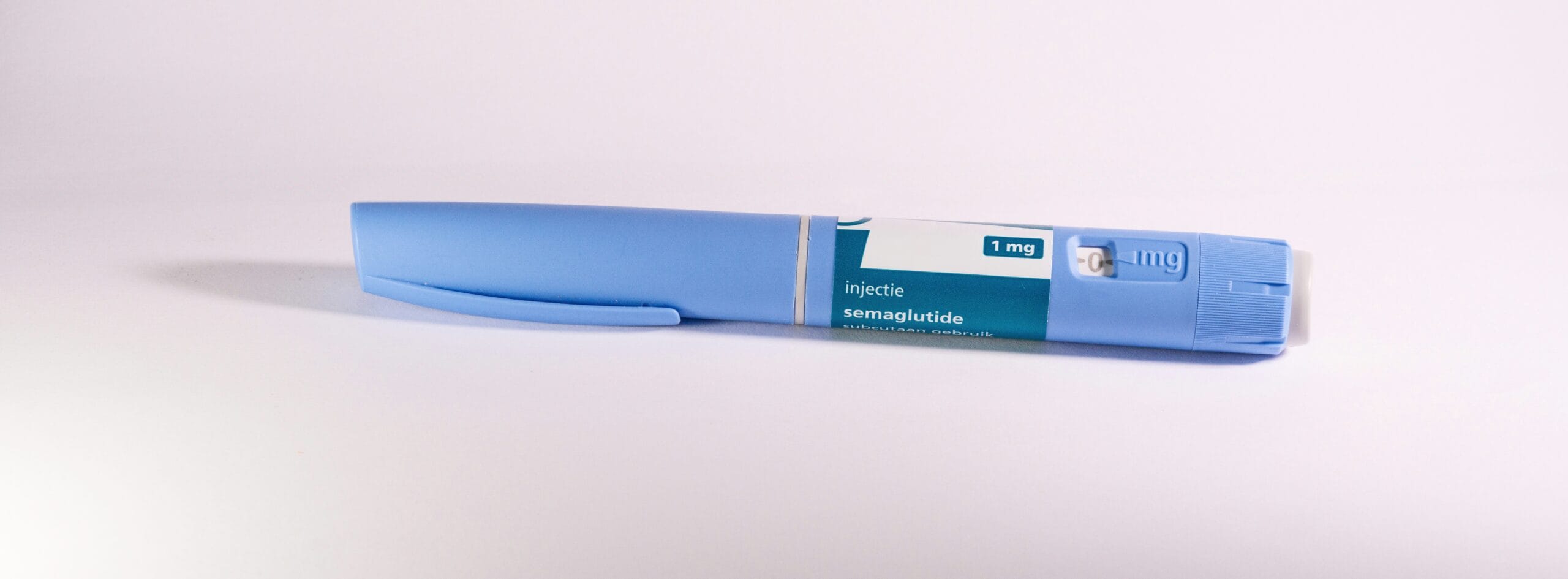Disclaimer: This content is for informational purposes only and should not replace professional medical advice.
From Hollywood red carpets to TikTok trends, Ozempic has become the “miracle” injection everyone is whispering about. A slimmer body with just one weekly shot? Sounds like a fairy tale.
But here’s the part most influencers skip: Ozempic doesn’t just shrink your waistline. It can also leave you with sagging skin, bathroom drama, and a body that feels lighter but weaker.
1. The Too-Chill Stomach (Gastroparesis)
Ozempic mimics a natural hormone called GLP-1, which tricks your body into feeling full. That means you eat less. It also slows down stomach emptying, so food just… hangs out longer.
Great for the scale. Not so great for your social life.
Common reports include nausea, bloating, vomiting, and heartburn. In some clinical trials, almost 20% of participants dropped out because they couldn’t handle the discomfort. Hollywood calls it “Ozempic body.” Users often call it “Ozempic bathroom.”
2. The Bathroom Becomes Your Office
Beyond nausea, the GI side effects swing both ways: diarrhea and constipation. Yes, both.
One day, your intestines are sprinting; the next, they’re on strike. A Nature Medicine (2022) study found these symptoms can persist for up to two years. Translation: this isn’t always a short “adjustment phase” — for some, it’s the new normal.
3. Pancreatitis: The Elephant in the Room
Less discussed but serious: risks to the pancreas. A large JAMA (2023) study found that people using GLP-1 drugs like Ozempic had a higher incidence of pancreatitis and even intestinal obstruction. It’s not common, but it’s enough for doctors to monitor closely — especially if you’ve had pancreatic issues before.
4. The “Ozempic Face”
There’s also the unfortunate cosmetic side effect: loss of fat in the face, leading to sagging skin and an aged look.
Paradoxical, right? You shed pounds, but your reflection looks older. Plastic surgeons have already seen a rise in filler requests from Ozempic patients. In other words, the pounds you saved on your waistline might reappear on your Botox bill.
5. Muscle Loss, Not Just Fat
One of the most concerning — and less talked-about — side effects is the loss of lean muscle mass. A 2025 study from the University of Utah suggests that semaglutide may reduce not just fat, but also muscle and physical strength.
So the question isn’t just “How much weight did I lose?” but also “What exactly did I lose?” A lighter, weaker body may not be the trade-off you want.
6. The Rebound Effect
Another issue: what happens when you stop taking it. Studies show that most of the weight lost comes back — quickly.
No mystery there. Once the drug is gone, appetite returns in full force. For many people, Ozempic isn’t a short-term solution; it’s a lifelong commitment. And let’s be honest: nobody dreams of being chained to a weekly injection forever.
Conclusion: Between the Hype and the Reality
Ozempic isn’t a villain, but it’s no miracle either. It’s a powerful tool that requires serious medical oversight and a realistic look at long-term consequences.
The point here isn’t to say whether Ozempic is “good” or “bad.” It’s to lay out the possible effects clearly — the benefits and the side effects — so that you decide whether the trade-off is worth it.
So yes, Ozempic works. The pounds drop, the clothes fit, the selfies look better — until the mirror shows a tired face or your jeans fit but your muscles don’t.
We’re not here to say it’s “good” or “bad.” Just know the trade-offs: less weight, more nausea, and maybe a Botox bill. At the end of the day, you decide if the glow-up is worth the grow-up.
References:
New England Journal of Medicine, 2021 – STEP Trial on Semaglutide
Nature Medicine, 2022 – Two-Year Effects of Semaglutide
JAMA, 2023 – GLP-1 Agonists and GI Adverse Events
University of Utah Health, 2025 – Ozempic and Lean Mass Loss
This article is for informational purposes only and is not a substitute for professional medical advice, diagnosis, or treatment. Always consult a qualified healthcare provider before making any decisions about your health or starting a new regimen.

